Scientists have confirmed that the orbit of the 520-foot-wide (160m) space rock Dimorphos was altered when the Dart probe struck it head-on last month. By using a range of space and Earth-based telescopes, scientists determined that the probe’s mission was successful. It was designed to test an approach to defending the Earth from threatening objects. NASA believes that, provided the plan was initiated early and the target wasn’t excessively big, it would work. NASA administrator Bill Nelson said that NASA has proven that it’s serious about protecting the Earth. “NASA has shown that we are prepared,” Nelson said. NASA released a plethora of data yesterday to support its findings, including new photographs from the Hubble Space Telescope and a small Italian spacecraft that stood off 50km (30 miles) away from the impact.
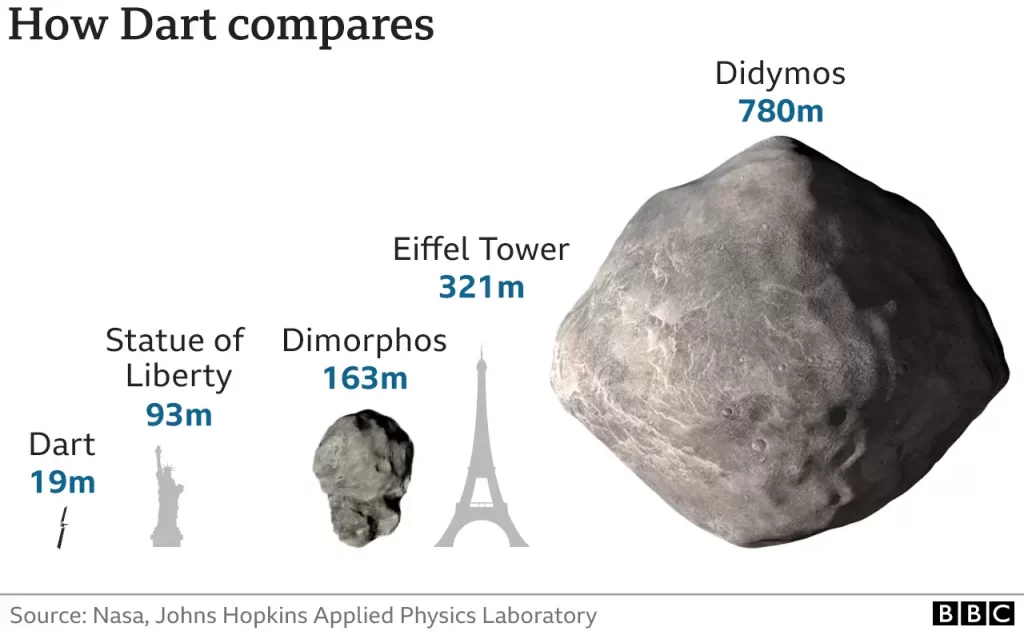
NASA’s Double Asteroid Redirection Test (DART) took place 11 million kilometres (7 million miles) from Earth. A refrigerator-sized satellite named NASA crashed into the smaller of two asteroids, Dimorphos, at a speed of 22,000km/h (14,000mph). Dimorphos orbits Didymos, a much larger (780m wide; 2,550ft) asteroid. Before the crash, Dimorphos took 11 hours and 55 minutes to finish one orbit of its brother. After the crash, it took 11 hours and 23 minutes. It appears that Dimorphos has moved closer to Didymos “by several metres,” as a result of this change in orbital period.
According to NASA, a minimum successful period change of Dimorphos of 73 seconds or more was required. Dart outperformed this benchmark by more than 25 times, as reported on Tuesday. Dimorphos’ orbital period around Didymos changed by 4%. ‘Dart just gave it a little push,’ said Dr Nancy Chabot from the Johns Hopkins University Applied Physics Laboratory, which led the mission for NASA. ‘You would want to do this years in advance if you wanted to do it,’ she said. ‘Warning time is really critical here in order to allow this sort of asteroid deflection to be used in the future as part of a larger planetary defence strategy.’
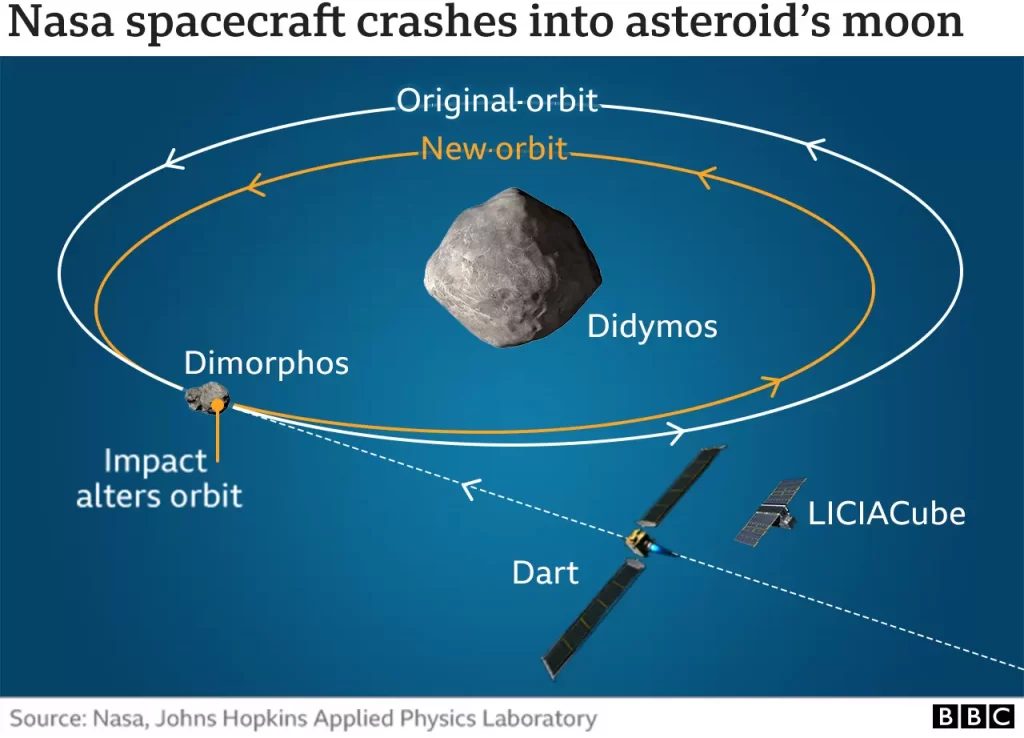
Dr Tom Statler of NASA’s DART program warned that drawing too many conclusions from the experiment might be problematic. Because asteroids come in so many designs and configurations, he said, drawing conclusions from one experiment with one asteroid might not be wise. Every time a mission visited a new asteroid, the diversity of its constructions and compositions was emphasized, he said. This experiment can be used as a base for physics calculations in our simulations describing how different kinds of impacts would respond in a variety of circumstances, he said. In four years, the European Space Agency (ESA) will send three spacecraft to Didymos and Dimorphos as part of the Hera mission.
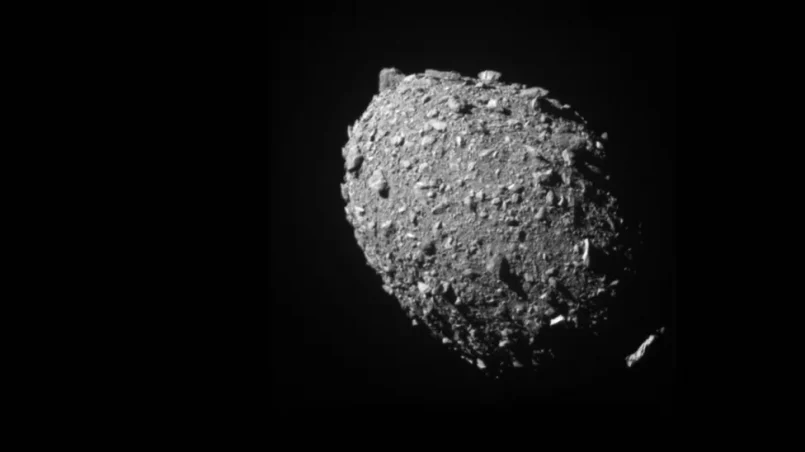


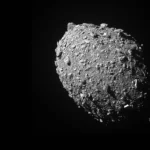

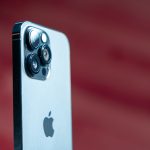
It’s a shame you don’t have a donate button! I’d without a doubt donate to this brilliant blog! I suppose for now i’ll settle for book-marking and adding your RSS feed to my Google account. I look forward to new updates and will share this site with my Facebook group. Talk soon!
This design is incredible! You definitely know how to keep a reader amused. Between your wit and your videos, I was almost moved to start my own blog (well, almost…HaHa!) Wonderful job. I really enjoyed what you had to say, and more than that, how you presented it. Too cool!
Top site ,.. amazaing post ! Just keep the work on !